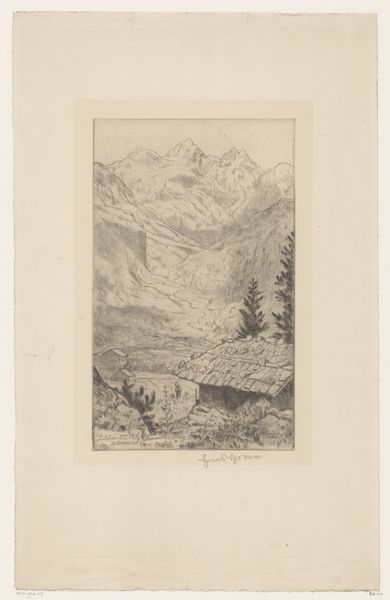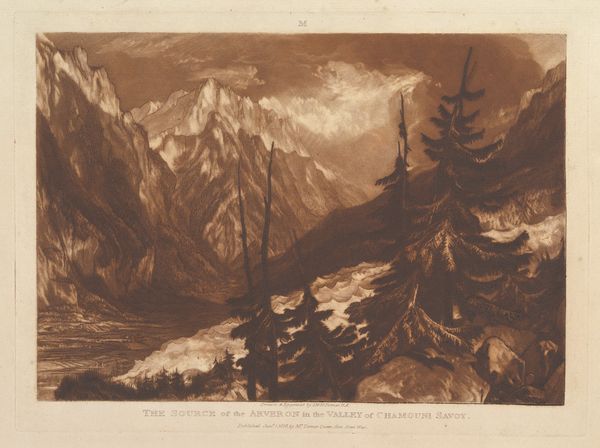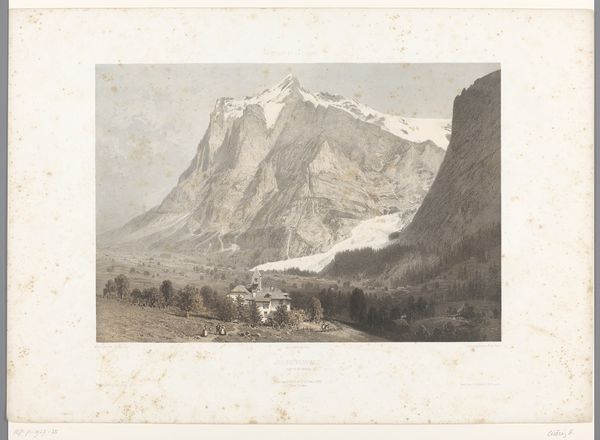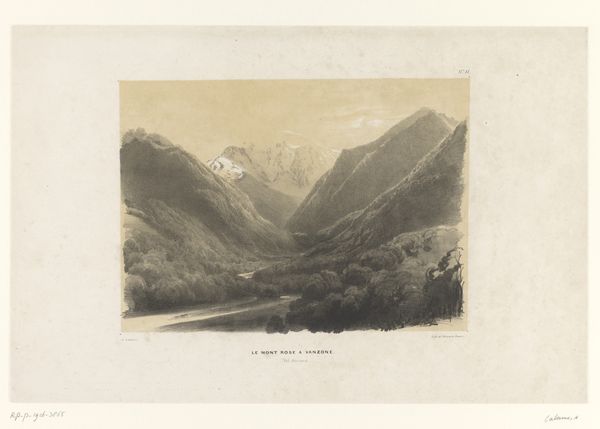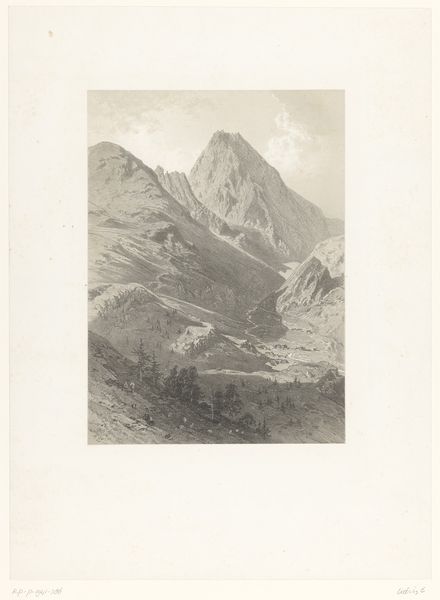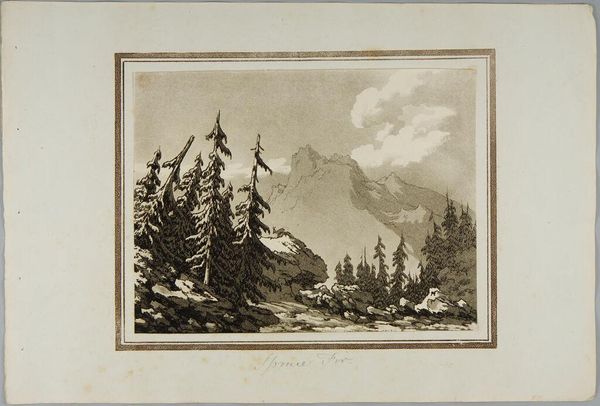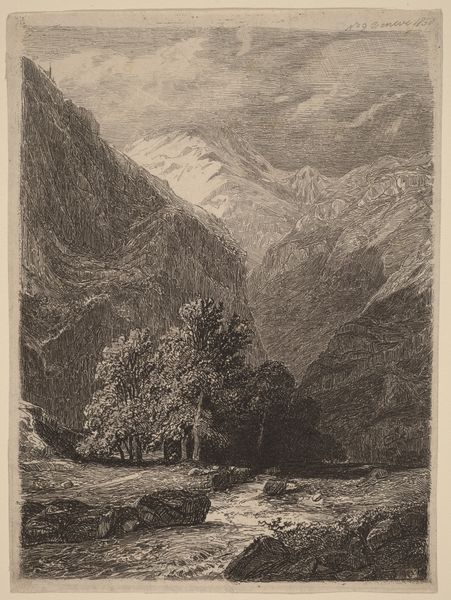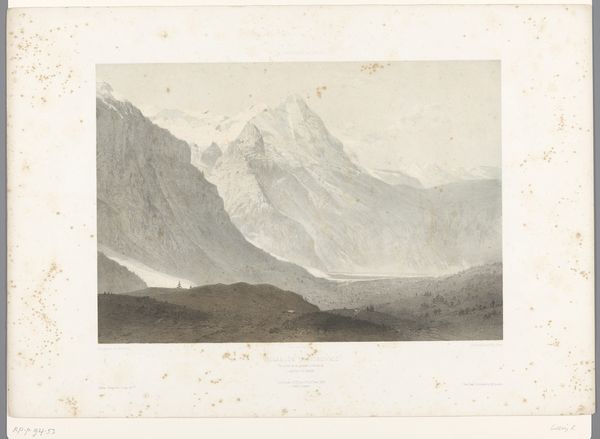
drawing, paper, pencil
#
drawing
#
landscape
#
paper
#
romanticism
#
pencil
Dimensions: height 160 mm, width 145 mm
Copyright: Rijks Museum: Open Domain
Editor: We’re looking at Johann Heinrich Meyer's "Landscape with Ruins and Mountains," a pencil drawing on paper made sometime between 1765 and 1829. It's incredibly detailed, but also has this overwhelming feeling of...longing, almost? What do you see in this piece? Curator: A romantic soul, indeed! The ruins nestled in this vast landscape – consider what they signify. Ruin, for a Romantic, is not merely decay, but a potent symbol. It speaks to the transient nature of human endeavor against the immensity and permanence of nature itself. What kind of dialogue do you think the artist is having between the man-made structures and mountains? Editor: So the ruins are there to remind us of our own mortality, set against these timeless mountains? Curator: Precisely. The mountain itself looms. Mountains were viewed as sublime, inspiring awe and a sense of the infinite. Consider also how Meyer uses the valley as a focal point. What meaning do you ascribe to the composition, and does this draw your attention to something specific in the art work? Editor: Now that you mention it, I see how the composition almost funnels your gaze toward that small town. It’s almost as if he's telling us that, even with nature’s grandeur, life continues in the face of that immense natural scale. Curator: A very astute observation. So the village becomes a symbol of human resilience, framed by the overpowering presence of both history –the ruin– and nature’s enduring strength. The drawing captures that pivotal Romantic tension. Editor: I never thought of landscape art being so packed with symbolic meaning! Curator: It’s a visual language, carefully crafted. Meyer gives us a chance to reflect not just on the pretty scenery, but on the layers of human experience, all condensed into one pencil drawing.
Comments
No comments
Be the first to comment and join the conversation on the ultimate creative platform.
